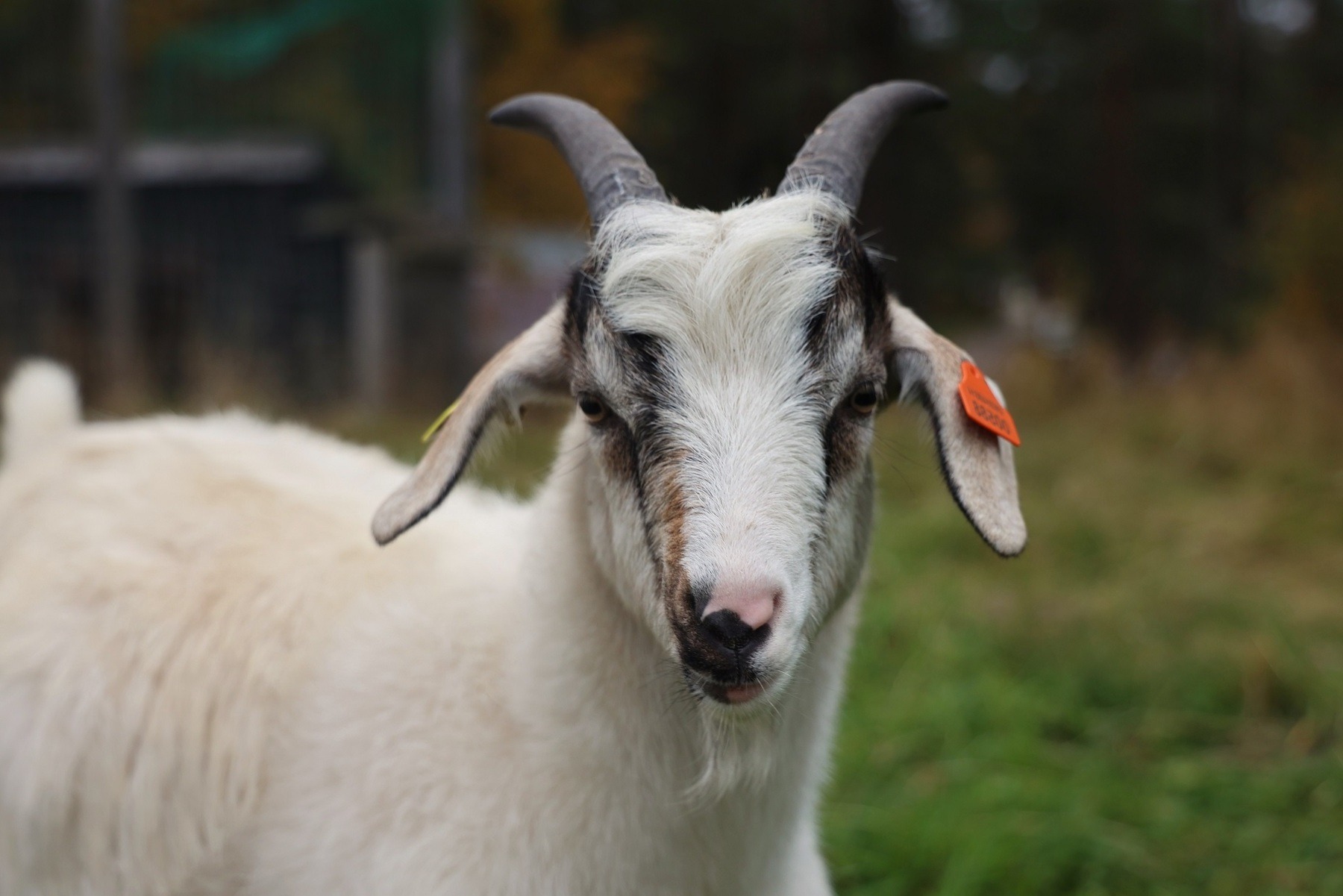
Did you know that cashmere goats produce some of the softest and most luxurious wool in the world? These remarkable animals, native to the high plateaus of Asia, have been prized for their fine undercoat for centuries. Cashmere wool, known for its incredible softness, warmth, and lightweight feel, comes from the underbelly and neck of these goats. Each goat produces only a few ounces of cashmere annually, making this wool rare and valuable. Cashmere goats are hardy creatures, adapted to harsh climates, and their wool is a natural insulator. From their unique dietary needs to their fascinating history, cashmere goats are truly special. Ready to learn more about these amazing animals? Let's dive into 26 intriguing facts about cashmere goats!
What is a Cashmere Goat?
Cashmere goats are special animals known for producing luxurious cashmere wool. This wool is highly prized for its softness, warmth, and durability. Let's dive into some fascinating facts about these unique creatures.
-
Cashmere wool comes from the undercoat of cashmere goats. This fine, soft undercoat is what makes cashmere wool so luxurious.
-
Cashmere goats are primarily found in Asia. Countries like China, Mongolia, and Iran are major producers of cashmere wool.
-
The name "cashmere" comes from the old spelling of Kashmir. This region in India was historically known for producing high-quality cashmere wool.
Physical Characteristics of Cashmere Goats
These goats have distinct physical traits that set them apart from other goat breeds. Here are some interesting details about their appearance.
-
Cashmere goats have a double coat. The outer coat is coarse and protects them from harsh weather, while the inner coat is soft and used for making cashmere wool.
-
They come in various colors. Cashmere goats can be white, brown, gray, or black.
-
They have long, curved horns. Both male and female cashmere goats typically have horns, which can grow quite long and curved.
The Process of Harvesting Cashmere
Harvesting cashmere is a meticulous process that requires skill and patience. Here’s how it’s done.
-
Cashmere is harvested once a year. The best time to collect cashmere is during the spring molting season.
-
The wool is combed, not sheared. Combing helps to separate the fine undercoat from the coarse outer coat without harming the goat.
-
One goat produces a small amount of cashmere. On average, a single cashmere goat yields only about 4-6 ounces of usable cashmere per year.
The Quality of Cashmere Wool
Not all cashmere wool is created equal. Several factors determine its quality.
-
Fiber diameter is crucial. The finest cashmere fibers have a diameter of less than 19 microns.
-
Length of the fiber matters. Longer fibers are more desirable as they make stronger and more durable yarn.
-
Color affects value. White cashmere is often more valuable because it can be dyed more easily.
The Economic Impact of Cashmere Goats
Cashmere goats play a significant role in the economies of many countries. Here’s how they contribute.
-
Cashmere production is a major industry. Countries like China and Mongolia rely heavily on cashmere exports.
-
It provides livelihood for many herders. In rural areas, cashmere goats are a primary source of income for families.
-
The global cashmere market is worth billions. The demand for high-quality cashmere products keeps this market thriving.
Environmental Impact of Cashmere Goats
While cashmere goats are valuable, they also have an environmental impact. Here are some considerations.
-
Overgrazing is a concern. Large herds of cashmere goats can lead to overgrazing, which damages the land.
-
Efforts are being made to promote sustainable practices. Some organizations are working to ensure that cashmere production is environmentally friendly.
-
Climate change affects cashmere production. Changes in weather patterns can impact the quality and quantity of cashmere wool.
Fun Facts About Cashmere Goats
Let’s end with some fun and quirky facts about these amazing animals.
-
Cashmere goats are good climbers. They can navigate rocky terrain with ease.
-
They have a strong sense of smell. This helps them find food and avoid predators.
-
Cashmere goats are social animals. They prefer to live in groups and can become quite attached to their herders.
-
They have a long lifespan. With proper care, cashmere goats can live up to 12-15 years.
-
Cashmere wool is hypoallergenic. It’s less likely to cause allergic reactions compared to other types of wool.
-
Cashmere is warmer than sheep’s wool. Despite being lighter, cashmere provides excellent insulation.
-
Cashmere goats are low-maintenance. They are hardy animals that can thrive in harsh conditions.
-
They have been bred for centuries. The practice of breeding cashmere goats for their wool dates back thousands of years.
The Final Word on Cashmere Goats
Cashmere goats are fascinating creatures with a lot to offer. Their luxurious wool, known for its softness and warmth, has been prized for centuries. These goats thrive in harsh climates, producing the finest fibers in cold conditions. Raising cashmere goats requires dedication, but the rewards are worth it. From their unique diet to their social behavior, these animals are truly special. Understanding their needs and characteristics can help anyone interested in sustainable farming or high-quality textiles. Whether you're a farmer, a fashion enthusiast, or just curious, cashmere goats provide a wealth of interesting facts and benefits. So, next time you wrap yourself in a cozy cashmere sweater, you'll know a bit more about the amazing animals behind it.
Was this page helpful?
Our commitment to delivering trustworthy and engaging content is at the heart of what we do. Each fact on our site is contributed by real users like you, bringing a wealth of diverse insights and information. To ensure the highest standards of accuracy and reliability, our dedicated editors meticulously review each submission. This process guarantees that the facts we share are not only fascinating but also credible. Trust in our commitment to quality and authenticity as you explore and learn with us.
